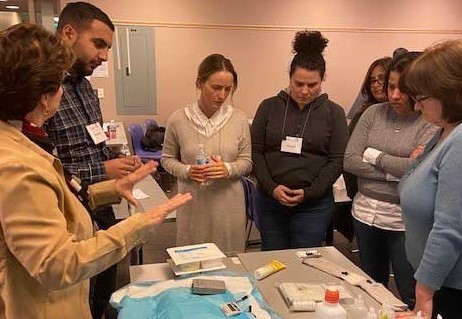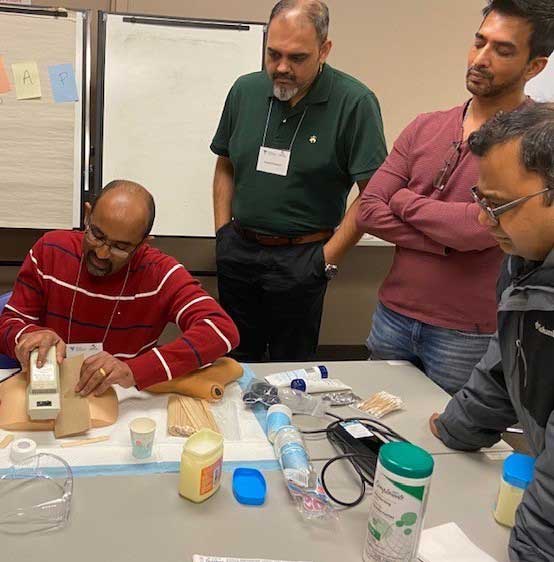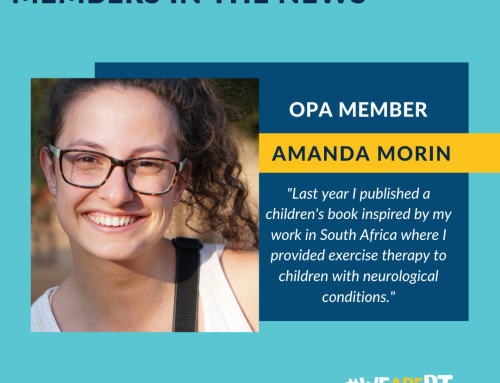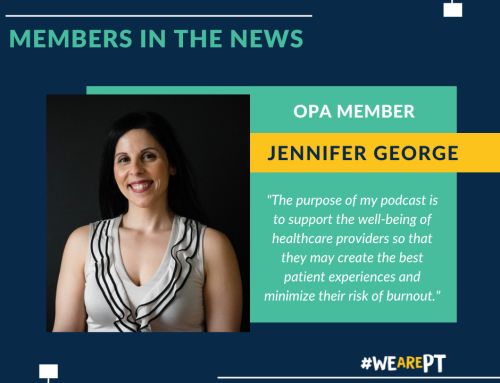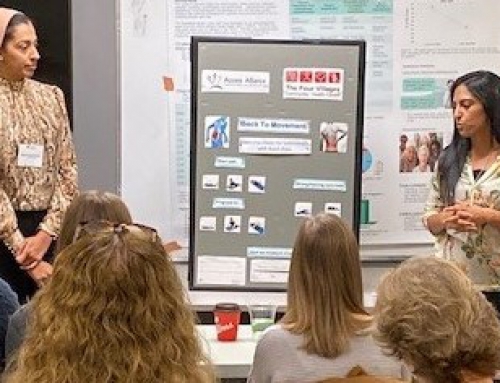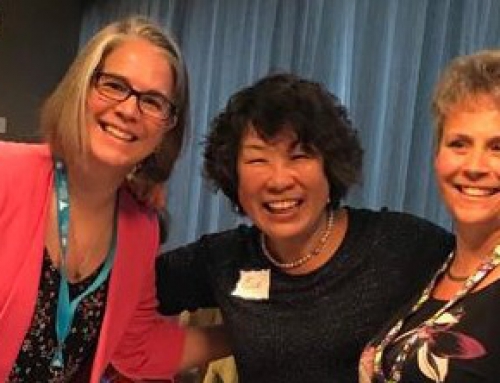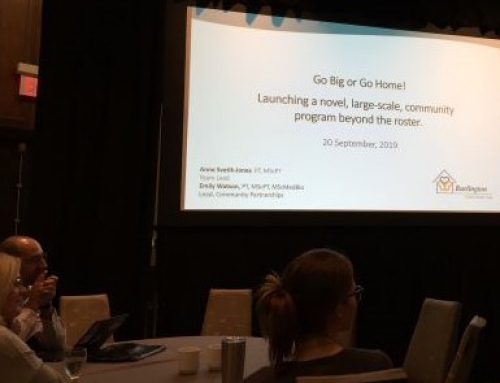I am a registered physiotherapist working in geriatric rehab and general medicine in a rehabilitation hospital in Toronto. The majority of patients we see are medically complex with numerous co-morbidities, often coming under our care with either a pre-existing wound or being at high risk of developing wounds. Having an ulcer highly affects our patients’ ability to participate in therapy, limiting mobility (particularly in a fragile community), and leading to lengthy recovery times. As I was faced with these challenges in my patients, I found myself looking for strategies and alternatives to augment my existing therapeutic armamentarium for complex wound care.
As physiotherapists, we have the underlying knowledge and potential to participate in wound care and to make a life changing impact on our patients. We graduate with knowledge of body biomechanics, positioning, physiology, and anatomy, among many other subjects. We do not, however, gain advanced knowledge on etiologies and classification of wounds or recommendations for treatment. Having completed the full course selection offered through the Ontario Physiotherapy Association (OPA) I now have improved knowledge of classification and etiology of wounds, prevention of wounds, types of dressings and advanced treatment options available to us, providing me with the resources and underlying knowledge to contribute to my patients’ overall care and quality of life.
I was particularly intrigued to learn about treatment options that are really well suited for us as physiotherapists to practice: electrophysical agents. Having attended the Incorporating Electrophysical Agents into Wound Care Management course this winter, I gained in-depth knowledge of various modalities and their recommended uses in wound care, including electrical stimulation (not TENS!), ultrasound, laser, and UV-C therapy. What really impressed me was the high level of evidence associated with these treatment options, namely e-stim therapy. The course included in-depth analysis of successful trials and studies and provided many examples of utilizing electrophysical agents in wound healing. Through completion of the courses and workshops I have gained increased confidence when approaching a complex wound and feel more comfortable providing wound care within my multidisciplinary team.
I believe as physiotherapists we should take advantage of this opportunity available to us to make an impact on our patients and to continue to grow our autonomy in the healthcare field. With the incidence/prevalence of diabetes increasing and an ever-ageing population, there is the need for healthcare practitioners to address adverse health issues arising from these conditions. Physiotherapists have a unique opportunity to decrease this burden on our healthcare system as well as the opportunity to improve our patients’ quality of life. To me, this is quite a fulfilling part of our profession.
I would highly encourage those working with frail or medically complex populations to gain increased knowledge about wound care and strategies for advanced treatment. The courses and workshops offered through the OPA are taught by leaders in the field of physiotherapy wound care and provide practical, easily implemented therapies, and resources, that allow you to immediately use your newfound knowledge in practice.
By Brianna Reed, MSc Physiotherapy

